Playful and charming, silkies make excellent watchdogs more than lap dogs

Silky Terrier Spotlight
- Loyal, devoted and feisty
- Require regular grooming
- Highly adaptable
- Happiest when around their owners
- Moderate energy level
- Called the Australian Silky Terrier everywhere except for North America, where it is simply called the Silky Terrier
- Keen watch dogs
- Along with their watchdog status comes lots of barking
History
The breed was developed in Australia and is therefore dubbed the Australian Silky Terrier in its country of origin and in all other parts of the world except for North America, where it is simply called the Silky Terrier. However, although it was developed in Australia the breed’s ancestors actually originated in Great Britain. Silky Terriers are the result of a cross between true Australian Terriers and Yorkshire Terriers.
Clear standards for the Silky Terrier and the two breeds it descended from did not exist until around the 1920s as there was a lot of cross-breeding and occurrences of different breeds in the same litters. Silky Terriers and Yorkshire Terriers are often mistaken for one another, but the Silky Terrier is actually much bigger in size and a closer relative of the Australian Terrier.
Two varying standards for the breed existed from the early 1900s until 1926, when the officials agreed to compromise and narrow it down to a single, uniform standard. Unlike most of the Australian breeds that were developed around that time and were bred to be working dogs, the Silky Terrier was actually bred to be a more domestic, urban-dwelling companion although it was commonly used to chase after small rodents.
Silky Terriers received Australian Kennel Club recognition in 1958 and American Kennel Club recognition followed in 1959. They currently rank as the 106th most popular dog breed according to the AKC.
Personality & Temperament
Silky Terriers are great at adapting to new environments but they’re not so great at being left alone. Their desire to be with their families as much as possible and are known to follow their owners around the house.
They are prone to developing separation anxiety, so those who lead busy lives and don’t spend much time at home may want to consider other breeds. Silky Terriers are excellent watchdogs and will most certain alert their owners if someone is at the door or if there is a strange noise outside.
Silky Terriers are widely considered to have one of the most balanced temperaments of all the terriers. They are intelligent, curious and active yet can be very mellow at times and can often be found on their owner’s lap. Desirable characteristics in Silky Terriers include a sense of adventure, playfulness and approachability. They should be socialized extensively at a young age so as to prevent them from becoming weary of or aggressive toward strangers later on. They should also be socialized around other animals if you don’t intend for your home to be a single-pet home, as they are known to be feisty and to pick fits with other dogs.
Appearance & Grooming
The Silky Terrier is longer than it is tall. They are toy in size and will not grow to be more than ten inches tall at the shoulder, nor will they exceed ten pounds in weight. The coat is long and has a silky texture, with the most common color combinations being gray and white or blue and tan. The coat is parted directly down the length of the dog’s body, with half of the hair flowing down the dog’s left side and half of it flowing down the right. The head is distinct from the neck and rest of the body, and the small, almond-shaped eyes should always be dark in color.
Silky Terriers have a long, elegant coat that requires regular brushing to prevent it from becoming matted. Their coats should be brushed a minimum of once per week, but once per day is recommended and will also help minimize shedding. Their nails grow quickly and require regular trimming or grinding. They are no less susceptible to ear infections than any other breed, but regularly examining and cleaning their ears will help to prevent this. Their teeth should be brushed a minimum of twice per week to prevent buildup.
Health
- Patellar luxation or kneecap dislocation is common in many toy dog breeds and is sometimes observed in Silky Terriers due to their toy size. The dog will only feel pain at the moment the dislocation occurs. Signs that a dog has a dislocated kneecap include lameness, sporadic skipping and irregular movement.
- Tracheal collapse is a condition in which the rings in a dog’s trachea or “windpipe” slowly collapse and force air through a smaller opening as a result. Symptoms of tracheal collapse include severe dry cough, heavy breathing and a blue tint on the dog’s gums.
- Legg-Calves-Perthes disease or LCPD is not uncommon in Silky Terriers. It occurs during a dog’s developmental phase and affects the bones and joints in the leg. If a dog has LCPD, the bone in will begin to die and the dog will likely contract arthritis. LCPD is typically observed in dogs who are less than one year of age and is not more common in one sex than the other. Signs that a dog is experiencing LCPD include difficulty getting around and a preference for using one leg more than the other.
- Diabetes mellitus can occur in Silky Terriers and can be present in either Type I or Type II form. Overweight female dogs are the most at risk, and younger and older dogs are at equal risk of developing diabetes although it is more commonly observed in older dogs.
Exercise & Care
Silky Terriers have medium energy levels and therefore require a medium amount of exercise in order to stay happy and healthy. Leisurely walks and indoor playtime should be provided on a daily basis. Silky Terriers have a moderate prey drive and should always be secured on a leash or in an enclosed area to prevent them from wandering off or chasing after other and hurting other animals, which could also pose a threat to their own safety. They are quite adaptable and love to be around their owners, so Silky Terriers that have been properly socialized will likely be more than happy to join their owners on outings or be included in family trips.
Silky Terriers may be adaptable, but that doesn’t mean they don’t prefer comfort and stability. With the exception of supervised time spent outdoors, they should always live and sleep indoor with their families. They consider themselves to be part of their families and they should be treated as such. As for nutritional needs, each individual dog is different and it is recommended that owners work closely with their breeder and veterinarian to determine a feeding routine that meets their dog’s specific needs.

 Australia
Australia
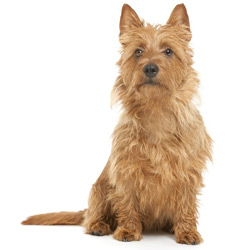
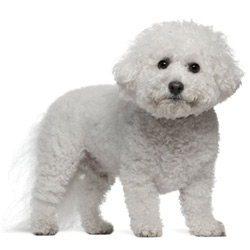
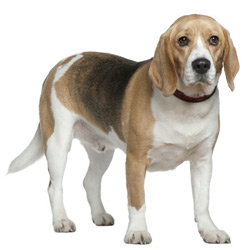
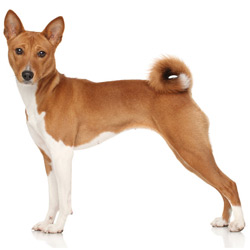
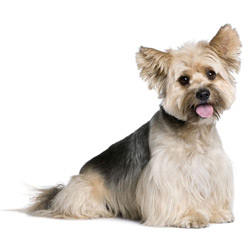
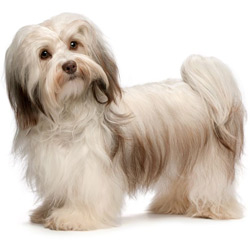
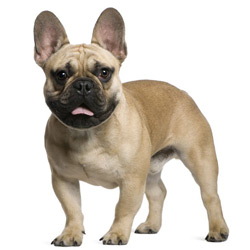
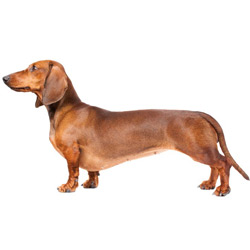
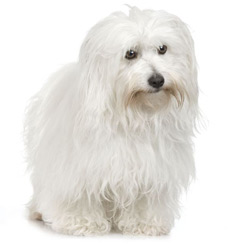
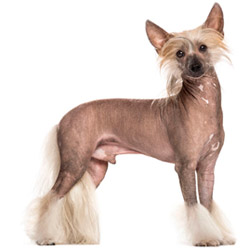
What do you think?